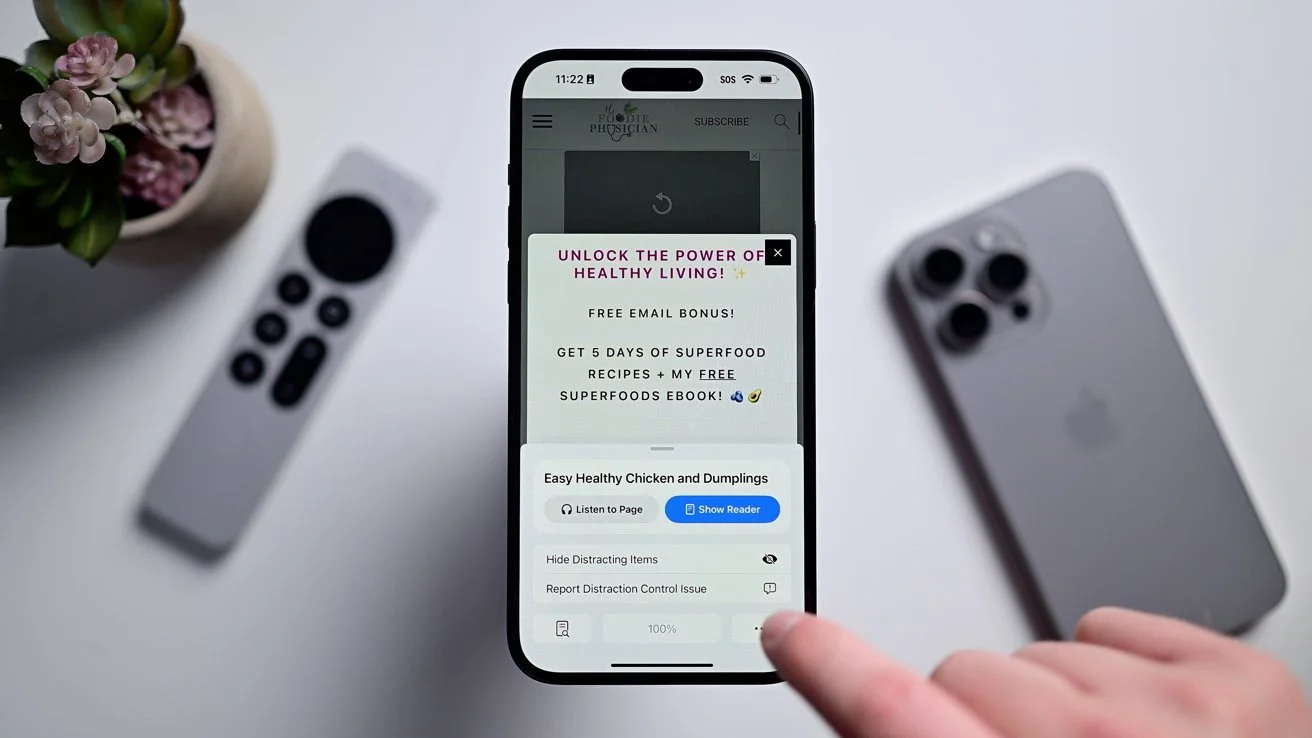AI innovations that are changing the marketing landscape
Last week Open AI released a preview of its new o1 model, which delivers next-generation capability to perform reasoning and opens a whole new class of use cases from AI in quantum physics to writing puzzles. With organizations investing heavily in AI the last years, revenue is needed to increase too. Therefore, scalable solutions that work for billions of people, or millions of businesses, will be needed to avoid the bursting of an AI bubble.
Beyond ChatGPT most consumer AI services are still quite niche. Still there are solutions being designed for mass adoption that could have a measurable impact on consumer behavior. Brands that are quick to adapt their media planning to these developments have bigger chance to win competitive advantage. We will take you through a number of developments in this article.
AI innovations may impact search behavior
At Apple’s 'It’s Glowtime’ event, they announced its latest range of phones built around Apple Intelligence - Apple’s suite of AI capabilities. It delivers language, images, and actions built on personal context. Visual intelligence, powered by Apple’s new camera button, is an example of an AI capability that is expected to further expand the search landscape as we know it. It enables reverse image search combined with text recognition and is connected to Google Search, which could be seen as a direct response to the growing consumer need to visually obtain knowledge. Brands will need to think through new consumer journeys that start with an image query.
Apple Intelligence combines the power of Apple-built generative models with personal context while taking an extraordinary step forward for privacy.
Camera Control will enable visual intelligence to help users learn about objects and places around them faster than ever before.
AI capabilities push seamless display advertising and UX
A little under the radar, Apple also announced Distraction Control in August which enables users to remove unwanted elements of web pages. Whilst this is not an ad blocker it means publishers and advertisers will need to rethink elements of UX.
Apple's Distraction Tool connected in Safari will enable consumers to easily hide pop-ups, cookie requests, and display ads.
AI capabilities that enable a change in consumer engagement
Within Meta AI Studio Platform you can build a profile for your character, either based on Meta’s templates or your own descriptions and ask them questions within your IG DMs.
Meta launched its new AI Studio platform in the U.S., which will enable anyone to create their own AI bots, built on Meta’s systems. You can create an AI bot, for example, a sports analyst, and ask them questions about football games and predictions. Although this is not yet live in Europe, it is in line with Meta’s head of direction to capitalize on the increase of social search behavior by consumers. Thanks to Search Lift Studies launched last year by Meta, you can track website visits that come from Paid Search in your conversion lift study and compare volumes across randomized test and control groups, to identify search website visits driven by Meta Ads.
Personalized experiences with AI
The interest of brands to deliver more personalized experiences to consumers have increased in the last few years and gained special attention in light of the needy younger generations. Whilst the percentage of Dutch consumers who want brands to offer customized / personalized products did not increase since GWI started it’s measurement in 2019, we see better purchase decisions, an increase in conversions and a decrease in returns for brands that offer personalized options in the consumer journey. L’Oréal is a great example of a leading company in Beauty Tech with their personal AI Beauty Assistant, Skin Screen by Lancôme and Scent-Sation which won recognition in CES 2024.
Google also acknowledges the potential of AI-powered commerce. It is upgrading and expanding its virtual try-on technology to more challenging items like fashion in a diversity of models and sizes.
AI capabilities connected
Google recently published their findings as they use AI to analyze content and results across 8,000 campaigns on YouTube. Warc discussed successful innovations like PepsiCo’s ‘Ask Ada’ AI-powered insights platform. And leading platforms that integrate AI capabilities in the media planning process like our own award winning Omni platform enables us to find hidden insights. Omni Assist has been rolled out worldwide across many aspects of Omni. It is also integrated with 3rd party data sources such as Google Insights Finder which connects YouTube and Google audience data to paint a rich picture of a wide variety of audiences. Helping our teams to find hidden insights that can then be activated through common audience definitions, enables us to lead our clients in the future of video buying.
Across multiple industries, AI platform models and tools are scaling up to make a measurable difference. Omni Assist connects us to these capabilities in ways most relevant to day-to-day tasks that deliver the competitive advantage our clients demand.




